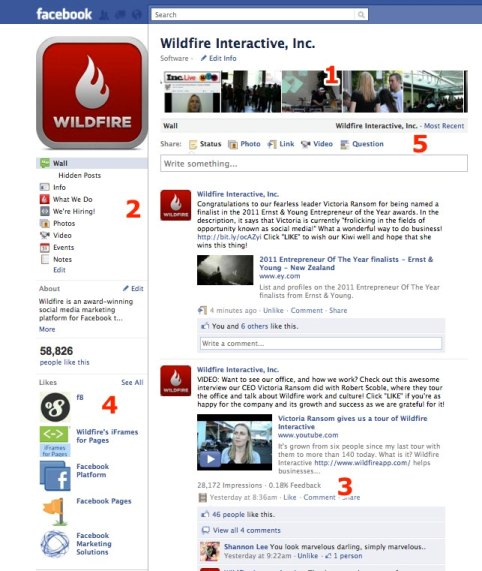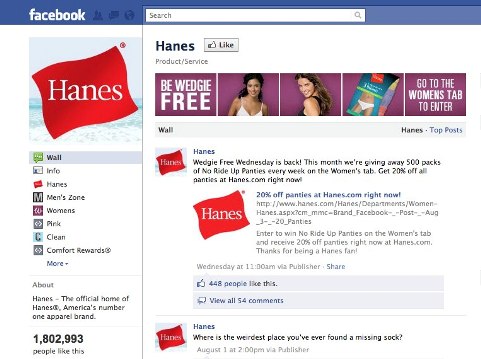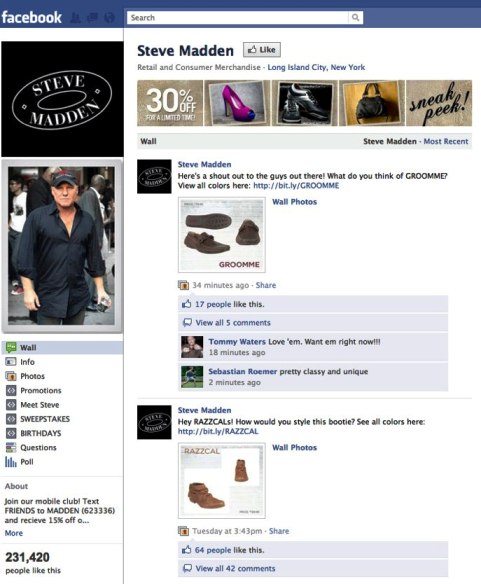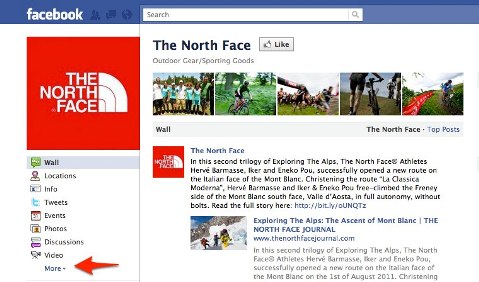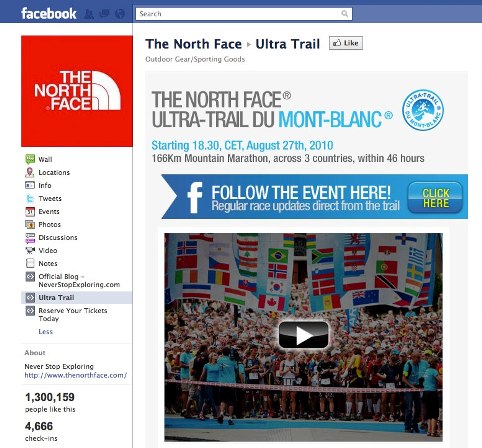Social media sites are more popular than ever and with over 100 million users LinkedIn is in the top five most popular. LinkedIn is the world’s largest professional network and is an extremely resourceful tool for job hunters, recruiters, business owners, etc. Once you sign up for a LinkedIn account, you must create your professional profile. The more effective your profile, the more professionals can find you and connect with you.
Below are ten things you can do to enhance your profile so it is the most effective it can be in building your network of connections.
1. Complete the Profile – This is very important in that you do not want a half-done, unprofessional profile. This will not accomplish much in the way of building your network of connections. Complete each section, completely and professionally to make the most of your online professional identity. According to LinkedIn, you are 40% more likely to be found in a LinkedIn search with a 100% completed profile as opposed to one that is not completely finished.
2. Always Use a Photo – There are many people who do not want to use photos for various reasons, but you need to post a photo on your LinkedIn profile to get more results. You do not have to have a professionally taken photo, but you do want it to look professional. People will be more likely to remember your profile, if you present a photo of yourself. Photos can also increase the chances of people trusting you.
3. Use a Persuasive Headline – Don’t just plaster your name and title as your profile headline. Add a short slogan or benefit you provide. Compare the two headlines below and decide which one would capture your interest more.
Jane Doe
Virtual Assistant
Virtual Assistant
Jane Doe
Virtual Assistant – I will free up your time and grow your business.
Virtual Assistant – I will free up your time and grow your business.
You don’t even have to add your title, you can just stress the benefits you provide or the skills you possess. Use something that makes you the one to choose.
4. List Your Websites – Be sure to add your URL and/or blog to your profile. You can add up to three urls. Customize the tiles of your links as opposed to My Site, My Blog, etc. You can do this by choosing the “Other” category in the Edit Profile section.
5. Get Recommendations – Having people give you recommendations will increase your







